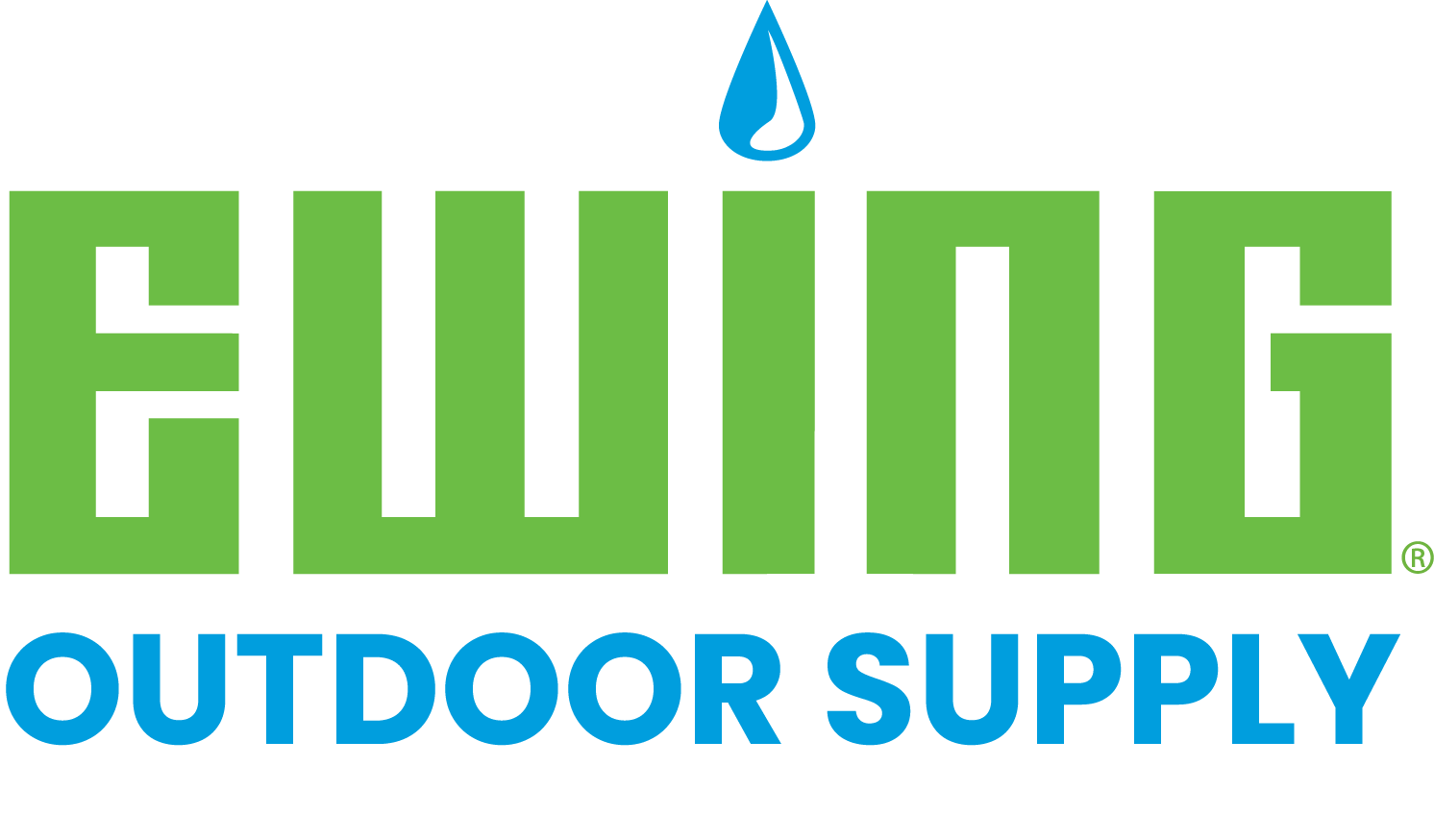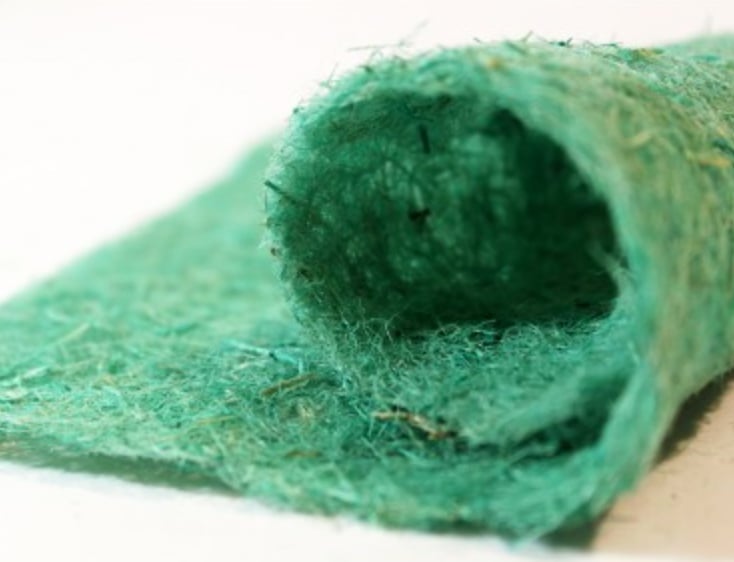Your jobsite is under stress: rain and wind are washing away the soil and new seeds struggle to grow. Whether you’re managing a flat area or a hillside, you can protect your site by installing erosion control blankets (ECBs).
Why use ECBs? These blankets help to stabilize exposed soil, reinforce the establishment of vegetation and reduce the risk of sediment contaminating stormwater runoff.
Ewing offers a variety of blankets made of organic fiber held together by netting, such as straw, coconut fiber or aspen wood fiber. These blankets have versatile applications: install ECBs on moderate to steep slopes, on newly planted areas or in drainage swales.
 How to get the most out of ECB applications
How to get the most out of ECB applications
Mindful preparation of the soil surface is critical to a successful ECB installation. Follow these five tips to get the most of your ECB applications:
- Always check the manufacturer’s recommendations for seed applications before using ECBs.
- Remove all rocks, vegetation, clods and debris so the blankets have full contact with the soil surface.
- Anchor the blanket to the soil with metal staples. Drive the staples through the blanket and into the soil, so they are flush with the soil surface.
- Do not use ECBs in areas where vegetation is to be mowed. You don’t want the blankets and staples getting caught in mowers.
- Inspect the site after installation, and again after any rain events. Repair or replace damaged ECBs right away.
Join Ewing for erosion control success
As a temporary erosion control solution, ECBs are effective for short or long terms—but only if you install and maintain them properly. Visit your local Ewing store to learn more about how your jobsites can benefit from ECBs and other erosion control solutions.




